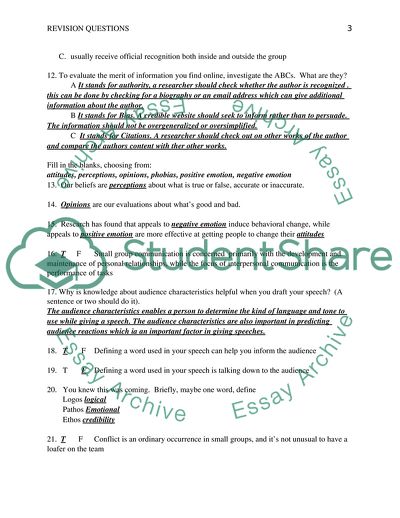Introduction to Communication Assignment Example | Topics and Well Written Essays - 2000 words. https://studentshare.org/journalism-communication/1842908-introduction-to-communication
Introduction to Communication Assignment Example | Topics and Well Written Essays - 2000 Words. https://studentshare.org/journalism-communication/1842908-introduction-to-communication.


